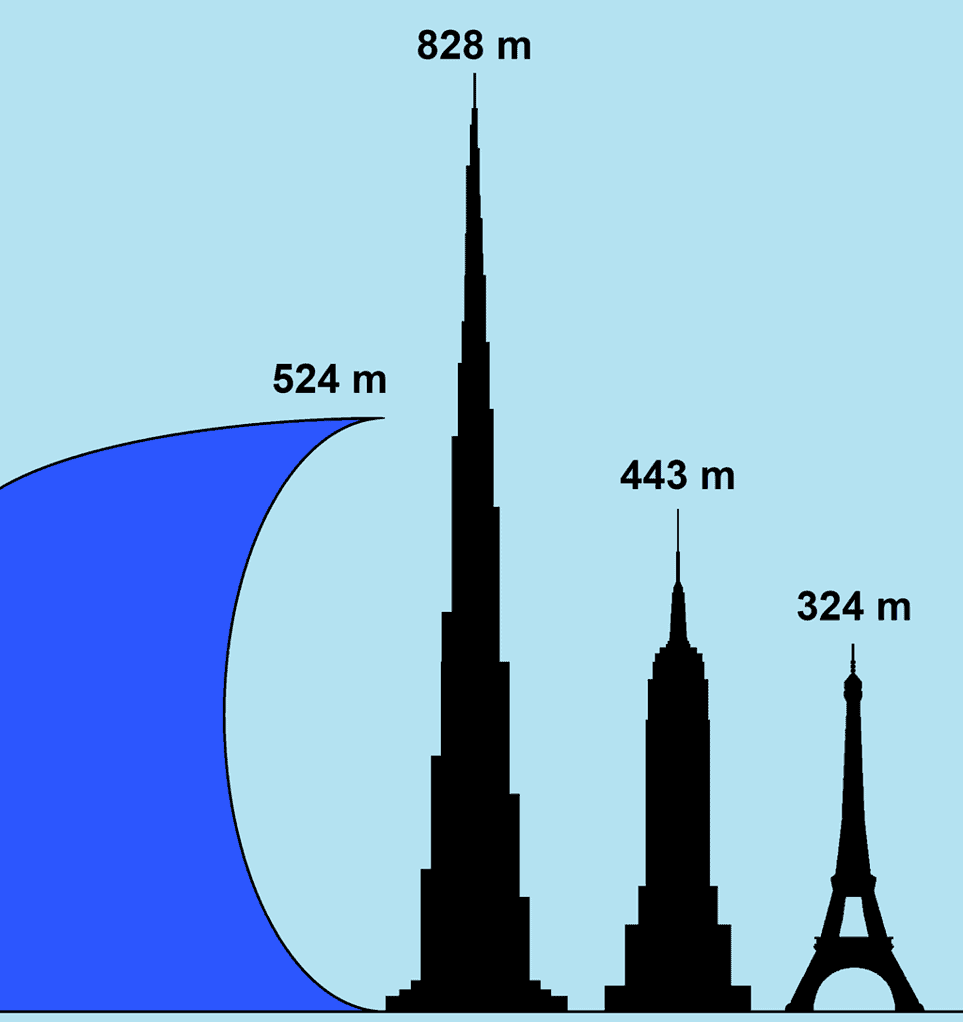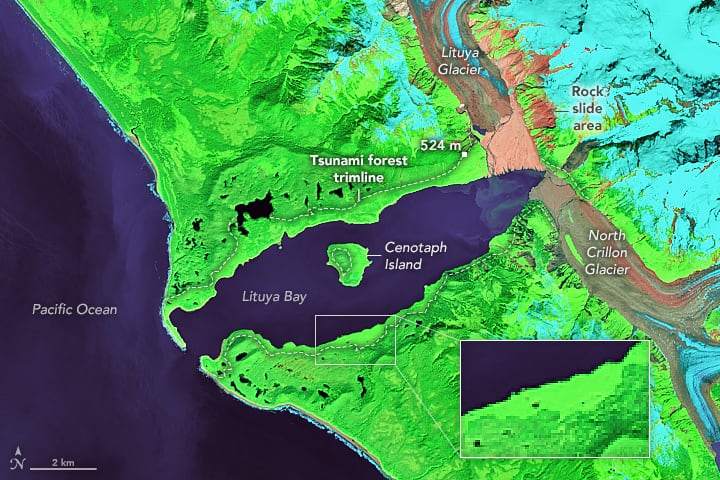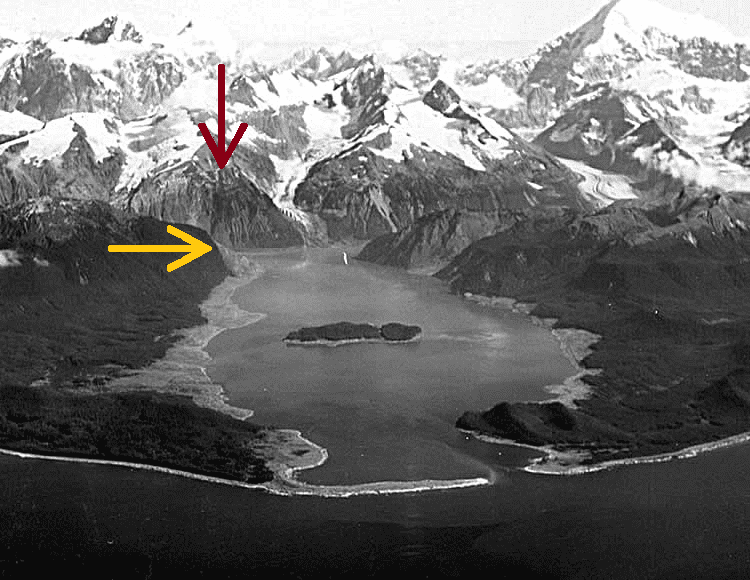Tsunamis, large waves that emerge when earthquakes displace a large volume of water, can be terrifying. They can pose huge threats to coastal communities, and if they’re large enough, they can even go inland. The 2011 Tōhoku earthquake in Japan, for instance, triggered a tsunami that reached heights of up to 40.5 meters (133 feet), traveling at 700 km/hs, and reaching more than 10 km (6 mi) inland.
But as terrifying as that may be, it’s nothing compared to the 1958 Alaska tsunami.

The megatsunami
On the night of July 9, 1958, an earthquake struck Fairweather Fault in the Alaska Panhandle. It had a magnitude of 7.8 — a large earthquake, but not nearly as large as the one in Japan. Still, the conditions were just right to produce a megatsunami.
There’s still some debate on whether the tsunami was caused by the earthquake itself or was rather a result of the rockfall generated by the earthquake; but whatever it was, it was massive. The earthquake happened close to the narrow inlet of Lituya Bay, Alaska, and the rockslide that resulted from the earthquake threw some 90 million tons of rocks into the bay.
The bay, which is essentially a fjord, is the key element that makes tsunamis in the areas so devastating. As a large, wide mass of water comes into the bay, it is squeezed into the size of the bay, so it grows in height. In the past 150 years, Lituya Bay has had three other tsunamis over 100 ft: 1854 (395 ft or 120 m), 1899 (200 ft or 61 m), and 1936 (490 ft or 150 m). But nothing like what happened in 1958.

The rockslide threw 30 million cubic meters (40 million cubic yards) into the bay from a height of around 914 meters. When the rocks were thrown down onto the water mass, they displaced a massive volume of water. The volume of water was squeezed through the bay and raised to over 500 meters.
The tsunami caused damage at higher elevations than any other tsunamis — it was large enough to clear trees at a reported altitude of 524 meters (1,720 feet), and wiped out virtually all vegetation from elevations of 500 meters or lower, uprooting millions of trees.
It was, and still is, the largest wave known to man — and by a wide margin.

Thankfully, there weren’t all that many people around. Still, 5 people were killed, and many more were injured and had their homes destroyed. Remarkably, a fishing boat captain and his seven-year-old son who were in the bay were lifted hundreds of meter by the wave managed to survive and didn’t even have any major injuries.
The most devastating tsunami in human history, for comparison, took place in 2004 in Indonesia, killing over 227,000 people. Although that earthquake was 10 times smaller than the Alaska earthquake, it struck in a more inhabited area.
Still, regardless of casualties, a wave that’s over 500 meters is a chilling reminder of the force that nature can conjure. It was such a big wave that it basically forced researchers to reconsider our understanding of tsunamis and even waves in general.


